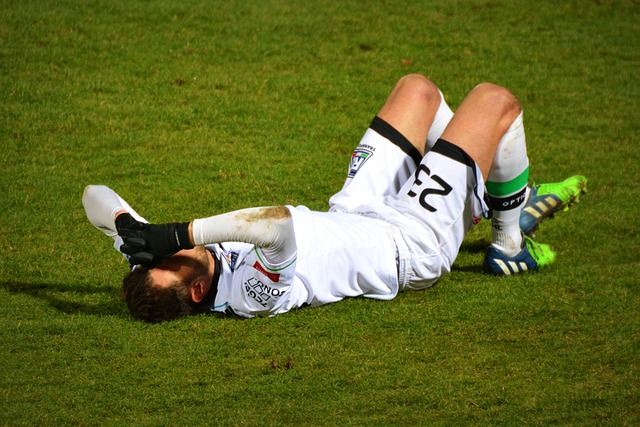
Image Courtesy: Pixabay
In an ideal world, operations would always be successful, the best movie would always win Oscar, and medications would never have side effects. Unfortunately, we are living in a real world. Sports injuries do occur but can be prevented. Most of these injuries are mild and respond nicely to treatments. This article focuses on tips to help you get rid of sports injuries whenever they occur.
1. Self-treatment
The following sports pain management tips will help you learn how to apply cold and then heat or pressure to minimize pain, inflammation, and swelling.
Protection: you should protect your injured tissues against further damage. Thus, it’s wise to use elastic wraps, simple splints, or applying bandages. Note that injuries that require precision splints should be handled by a doctor.
Rest: all sports injuries require time to heal. Well, once you’re hooked on sports, it’s tempting to ignore rest. You shouldn’t give into that temptation. Otherwise, you will compromise your healing process. Sometimes, you can do simple exercises that won’t interfere with your injury. For instance, while recovering from shoulder tendinitis, you can jog, hike, and perhaps do long walks.
Ice: This is the simplest, cheapest, and most effective way of managing many sports injuries. Ice is a perfect anti-inflammatory that can effectively reduce pain and swelling. For best results, consider applying an ice pack for about 15 minutes soon after the injury. Repeat the treatment hourly, and you will see better results.
Compression: Pressure can minimize inflammation and swelling. A simple elastic bandage is enough, and you shouldn’t snug it too tight. In case the swelling develops hours after the injury, it’s wise to loosen your bandage.
Elevation: This is a simple trick that enlists the gravitational force to drain fluids from injured tissues. This reduces pain, inflammation, and swelling.
2. Medication
Note that self-treatment may work immediately after the injury. You need medication to eliminate pain and inflammation. Combining the self-treatment methods and medication can help you recover fast. As much as you want to treat yourself, it’s wise to see a doctor for better examination of the injured area. Sprains and strains can be treated at home, but injured joints and perhaps bone fractures and other serious sports injuries must be treated by a qualified doctor.
3. Rehabilitation
Probably you had a major sports injury, but now your pain and swelling are gone. Treatment isn’t over yet. It’s time to plan your rehabilitation and return to exercise at the same level you treated your injury with. Begin with gentle range-of-motion workouts and gradually increase the intensity of your exercise. When you feel strong enough and completely healed, you can resume your regular exercise. It’s also wise to consult your doctor to be certain that you can resume your sports activities. (See also: Powerful Tips on How to Recover After an Injury)
4. Get help
While you can manage simple or even severe sports injuries, don’t be stubborn. If your nagging woes aren’t clearing up as expected, get help. An experienced colleague or friend can help you manage the pain and perhaps comfort you.
5. Get going
One of the most dangerous things about sports is ceasing to do it. Injuries do happen but never let the threat of injuries become an excuse to stop exercising participating in the specific sports you used to. Instead focus on taking simple steps that will minimize your risk of sport-induced injuries, learn how to handle various sports injuries, and always be ready to ask for help when necessary.
Note that it’s easy to overcome injuries only if you know how to manage them. The tips discussed in this article will be helpful.
About The Author:
Anne Kamwila is a freelance content writer and a digital marketer. She is passionate to write about health, technology, and business related guides, news, and books.




![How To Train Your New Puppy [6 Effective Tips] How To Train Your New Puppy](https://www.safeandhealthylife.com/wp-content/uploads/2023/09/How-To-Train-Your-New-Puppy-150x150.png)